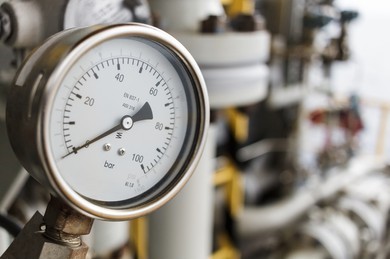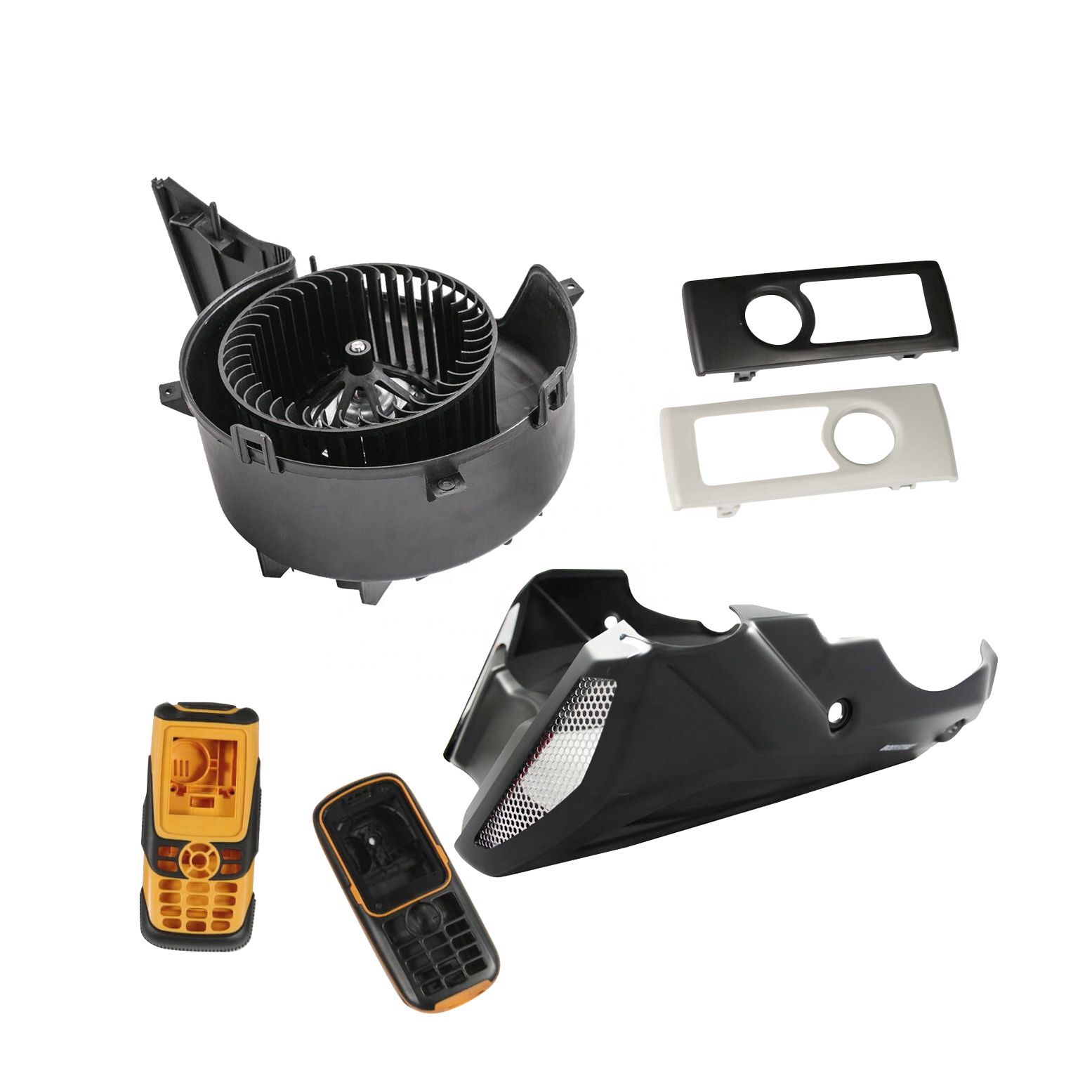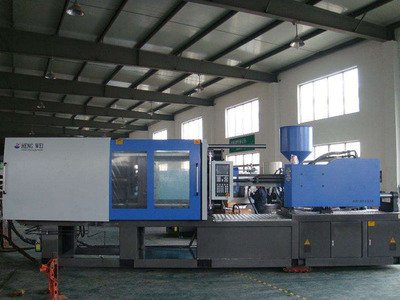Material Comparison Guide
Research materials to see which options best fit your needs.
Our experienced sales and technical teams are available to assist you with material selection challenges.
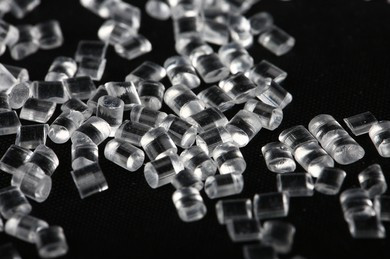
What Is Plastic ABS?
ABS( Acrylonitrile-Butadiene-Styrene)is a versatile thermoplastic that is derived from a polymerization of three monomers. As a terpolymer, it combines the properties of the monomers to create a material with outstanding impact strength and mechanical strength. It also has excellent dimensional stability and is resistant to most acids, alcohols, and hydrocarbons. However, prolonged exposure to sunlight can cause surface cracking.
It is a versatile thermoplastic
ABS is a thermoplastic polymer that is used in various applications. ABS is used in many different products, including printers, vacuum cleaners, kitchen utensils, fax machines, and musical instruments. It is also used in the construction of toys. Although ABS has several disadvantages, it is a versatile thermoplastic that offers many benefits.
The versatility of ABS plastic makes it a popular choice in a variety of industries. Its properties make it highly useful in a variety of products, including automotive parts. Its chemical and thermal stability make it ideal for these types of parts, while butadiene and styrene add toughness and strength. The polymer also has a glossy finish, making it perfect for a variety of applications. In addition to its numerous automotive applications, ABS thermoplastic is used in numerous everyday appliances, including refrigerator liners and food processor housings. It is also used in many other industries, including electrical applications.
ABS thermoplastic is a versatile thermoplastic that is lightweight and weather-resistant. It can withstand extremely low temperatures while still maintaining a high level of impact resistance. In harsh environments, ABS is the thermoplastic of choice.
It has a variety of properties
Plastic ABS has a range of properties, which make it a versatile material. Its low melting point makes it easy to process, but it also introduces some limitations to its use. The low melting point means that ABS is not suitable for many applications and it is not recommended for medical implants. It also has poor solvent resistance and fatigue resistance. Its low conductivity also limits its use in some applications. It also produces a high amount of smoke when it is burned, which can raise concerns about air pollution.
ABS is classified as an amorphous polymer. In the solid state, polymers exhibit two main types of morphology: amorphous and semi-crystalline. Semi-crystalline polymers are made of tightly packed molecular chains, while amorphous polymers are randomly arranged and intertwined. Amorphous polymers often resemble spaghetti.
ABS is used in many industries and is an excellent base material. It is used in electronics, pipes, household appliances, and in automotive parts. It is also used in plastic toys, musical instruments, and plastic preview models. Its electrical properties also make it a great material for use in biomedical applications.
It has some limitations
While the price and availability of ABS make it a popular material for many applications, it has its limitations. It is not as strong as other plastics and it can yellow over time. It can also be difficult to glue. In addition, it is not as clear as glass. Some of these limitations have been overcome with improvements in the material’s performance.
PROPERTIES TABLE OF ABS
| Property | ASTM Test Method | Units | Nominal Value |
| Density | D1505 | g/cc | 1.03 |
| Tensile Strength @Yield | D638 | psi | >6000 |
| Elongation @ Break | D638 | % | 40 |
| Flexural Modulus | D790 | psi | 300,000 |
| Flexural Yield Strength | D790 | psi | 10,700 |
| Durometer | D785 | Rscale | 102 |
| lzod lmpact | D256 | ft lbs/in2 | 7.7 |
| Vicat Softening Temp. | D1525 | °F | 219° |
| Heat Deflection Temp. 66 psi | D648 | °F | 201° |
| Flammability | UL94 | UL94 | HB |
The table data is for reference only, if the plastic type is different and it has different data.
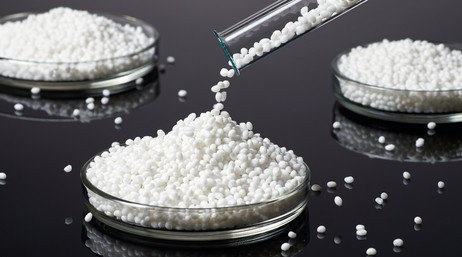
Injection Molding Material Selection
The process of plastic material selection is an integral part of the product design process. By choosing the right material for your application, you can be confident that the product will meet your expectations for quality, cost, and performance. Furthermore, you will save time and money on manufacturing because you will not have to scrap any parts.
We can offer more than 100 different thermoplastic materials. If you are looking for alternative materials, please review our resin substitution guide for ABS, PC, PP,POM,PA,PBT,PPS and other common plastics, or contact us.
Material
- PET
- HDPE
- PC/ABS
- PC/PBT
- PVC
- AS
- PA12
- MDPE
- LDPE
- PEI
- PMMA
- PPE
- EVA
- PC/PMMA
- PA66
- POM
- ABS
- PP
- PBT
- PA6
- PS
- PPO
- PPS
- TPU
Our ABS Product Cases
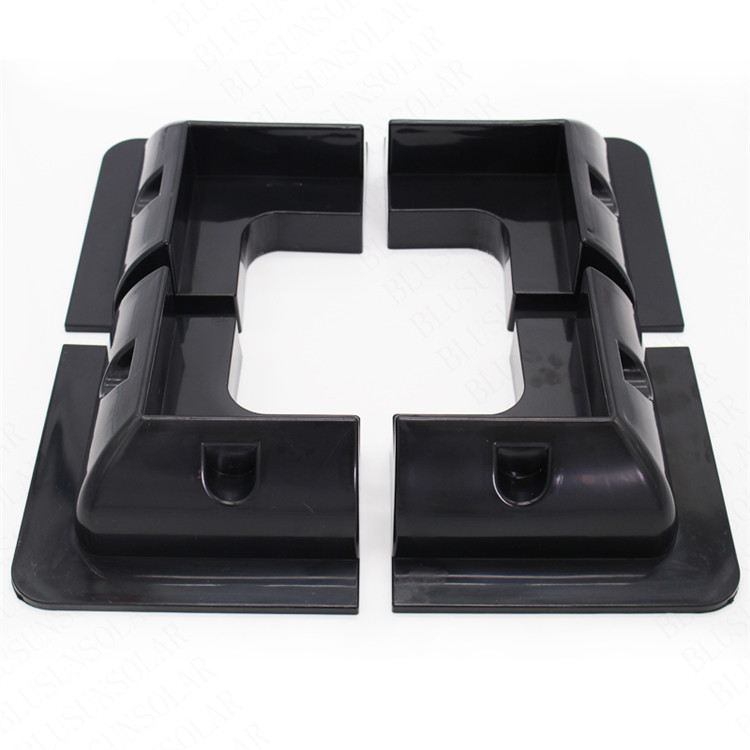
Material: ABS Black

Material: ABS Orange

Material: ABS Black
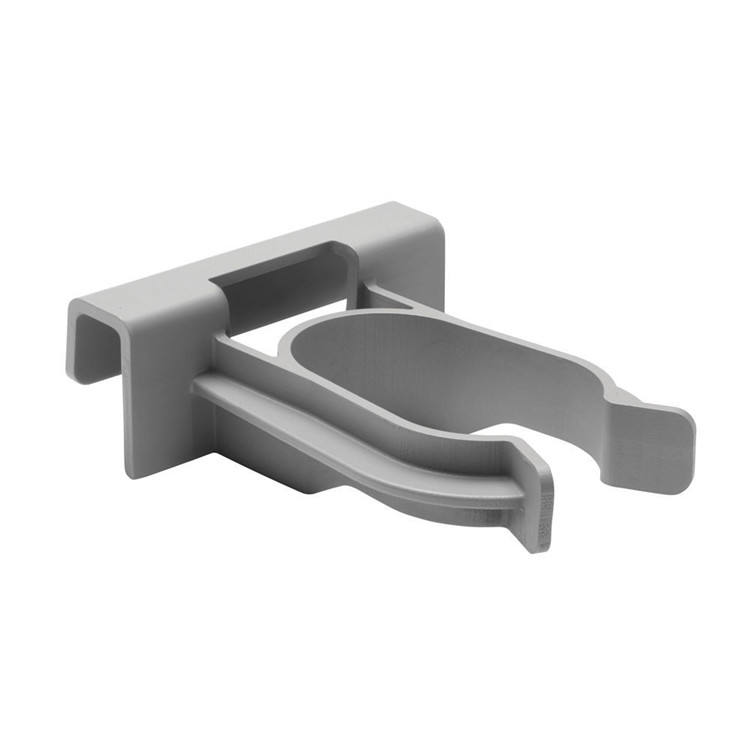
Material: ABS Grey

Material: ABS White
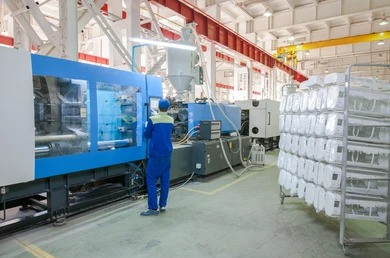
How Does Plastic Injection Molding Work?
Plastic injection molding is a process in which plastic pellets are formed and injected into molds to form the desired shape. The plastic melts in a chamber and reaches a specified temperature, so the injection time has to be calculated correctly. Once the desired shape is achieved, the plastic pellets are cooled, and the mold is opened. An ejection bar is then used to force the solid plastic part out of the open cavity.
Additional Links and Resources
Pressure gauges are essential tools used in a wide range of industries to measure and monitor fluid and gas pressure. When it …
Plastic injection molding has become an invaluable tool for businesses and individuals who have a need for custom parts or products. A …
Plastic injection molding is a versatile and reliable process for manufacturing products of all shapes and sizes. It is used in a …
Plastic injection molding is one of the most widely used processes in modern manufacturing. It is used to produce a variety of …

